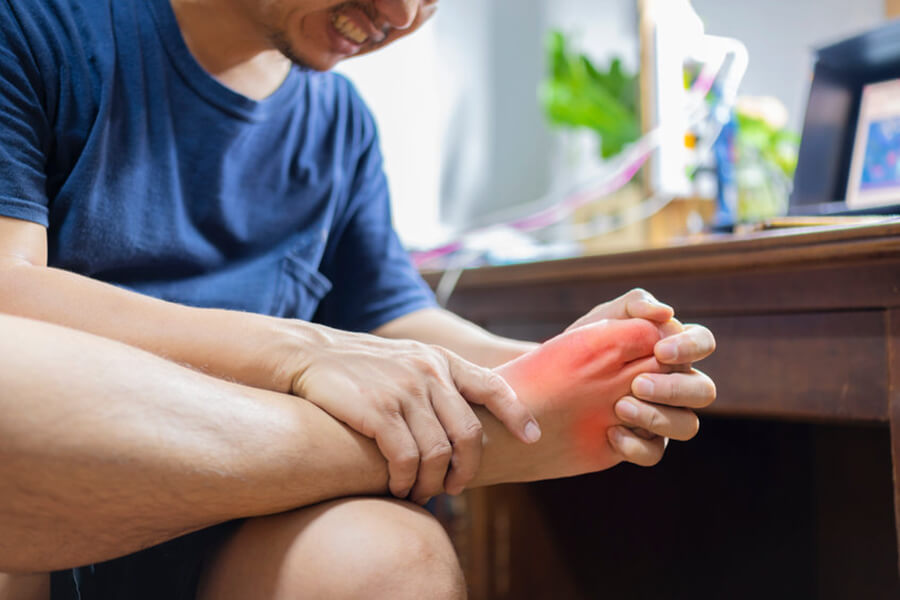All you know is that you have joint pain. Is it rheumatoid arthritis, an infection, gout, or something else? Gout can look like other things and also is difficult to diagnose. Even so, you need to take the possibility of gout seriously.
Gout vs. Everything Else
Gout causes redness around the joints and also results in joint pain, but four other ailments have similar symptoms.
- Psoriatic arthritis – this is arthritis that affects people with a skin condition called psoriasis.
- Infectious arthritis – this is arthritis caused by an infection that spreads to a joint or the area surrounding the joint.
- Reactive arthritis – this is a condition that develops after there has been an infection, particularly one caused by food poisoning or a sexually transmitted infection.
- Pseudogout – This is sudden joint pain that occurs but goes away after a few days or weeks.
The basic differences in these conditions and gout are the root cause of arthritis.
Gout’s Root Cause
Gout is caused by an overload of uric acid flowing through the bloodstream. Tiny crystals form and they sit in the joints, causing pain. Typically, gout affects only one joint at a time but can affect multiple joints if left untreated.
The most common attack when a person first gets gout is in the big toe.
Who is at risk for gout?
The key factors for gout risk are diet-related. People who are overweight, drink a lot of alcohol, eat foods high in purines. Purines are a compound that is either absorbed by the body or made directly by the body.
Foods that have purines, which result in high uric acid, include asparagus, liver, sardines, dried beans, beer, gravy, and other animal organs. Genetics may have something to do with risk also.
Whatever you think the condition may be, you need to see your family doctor for a diagnosis and get medical treatment.

